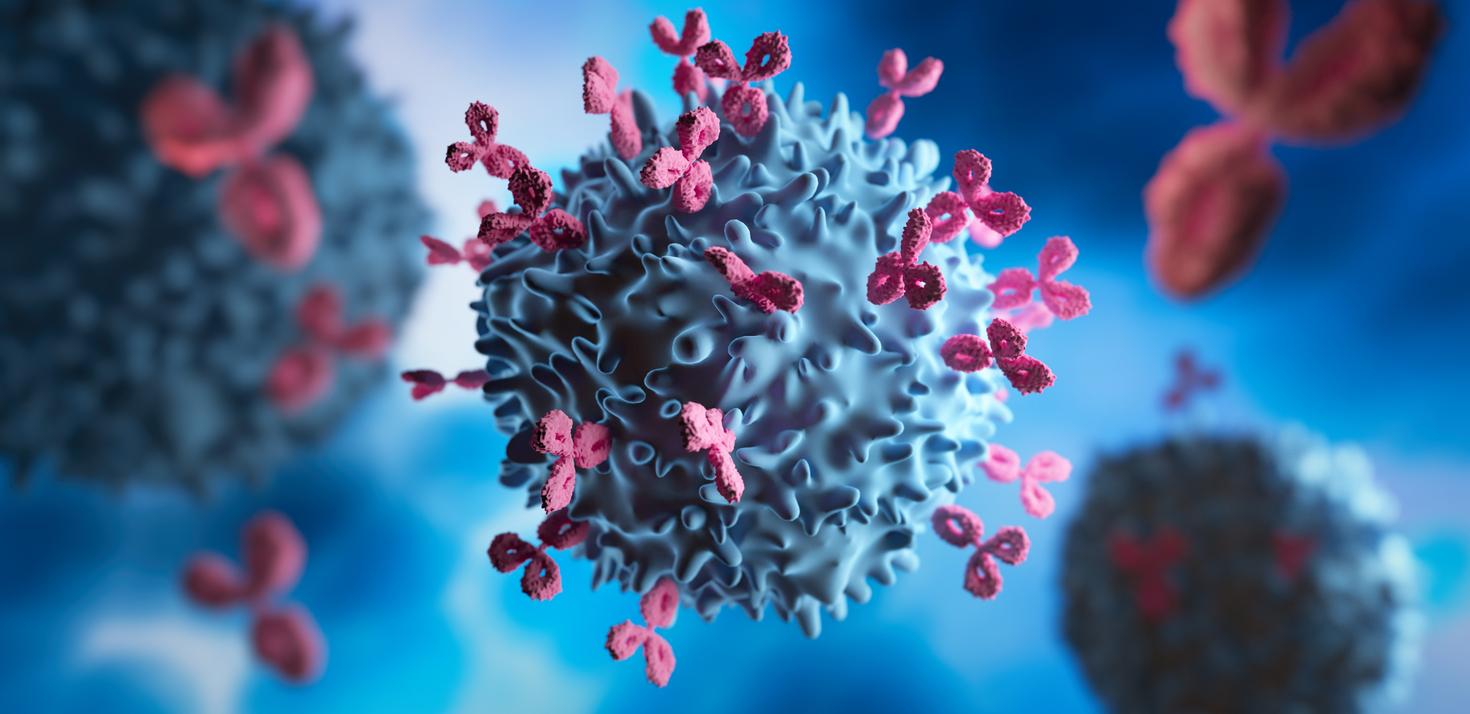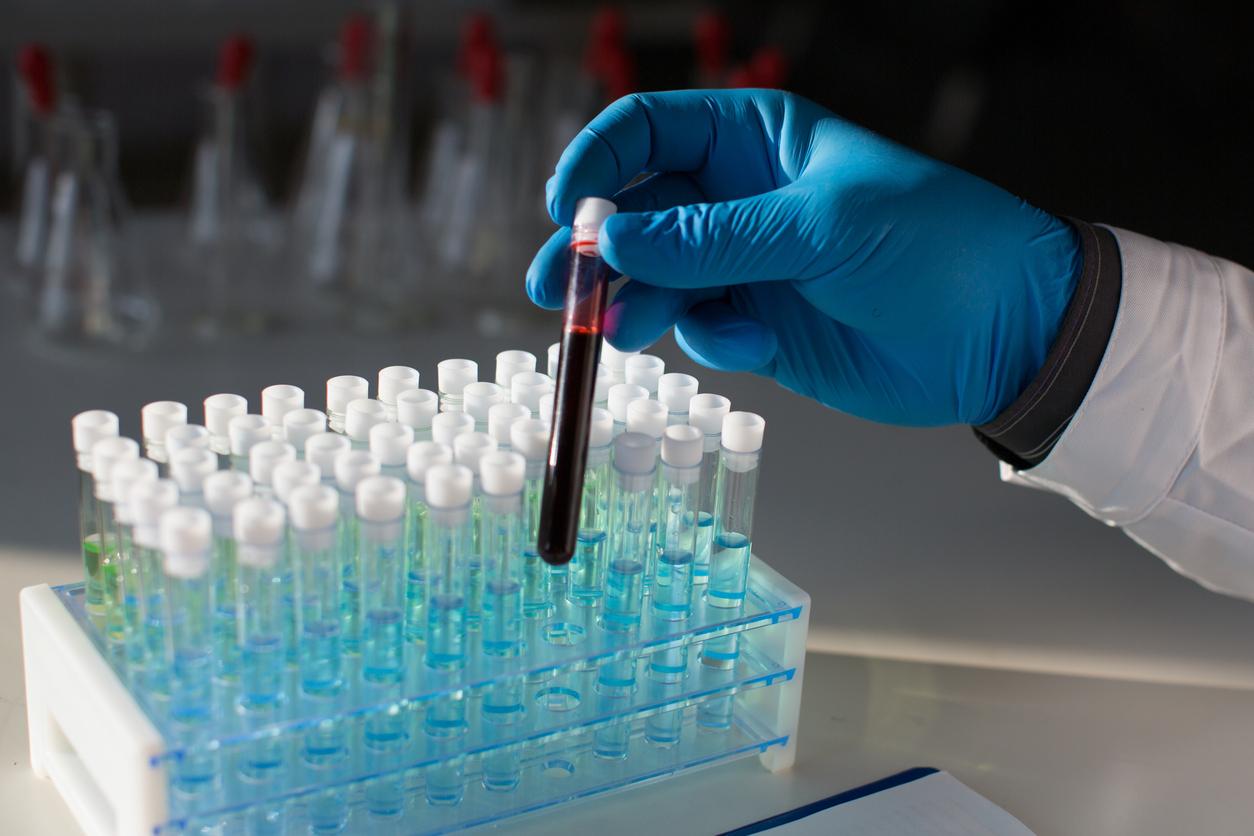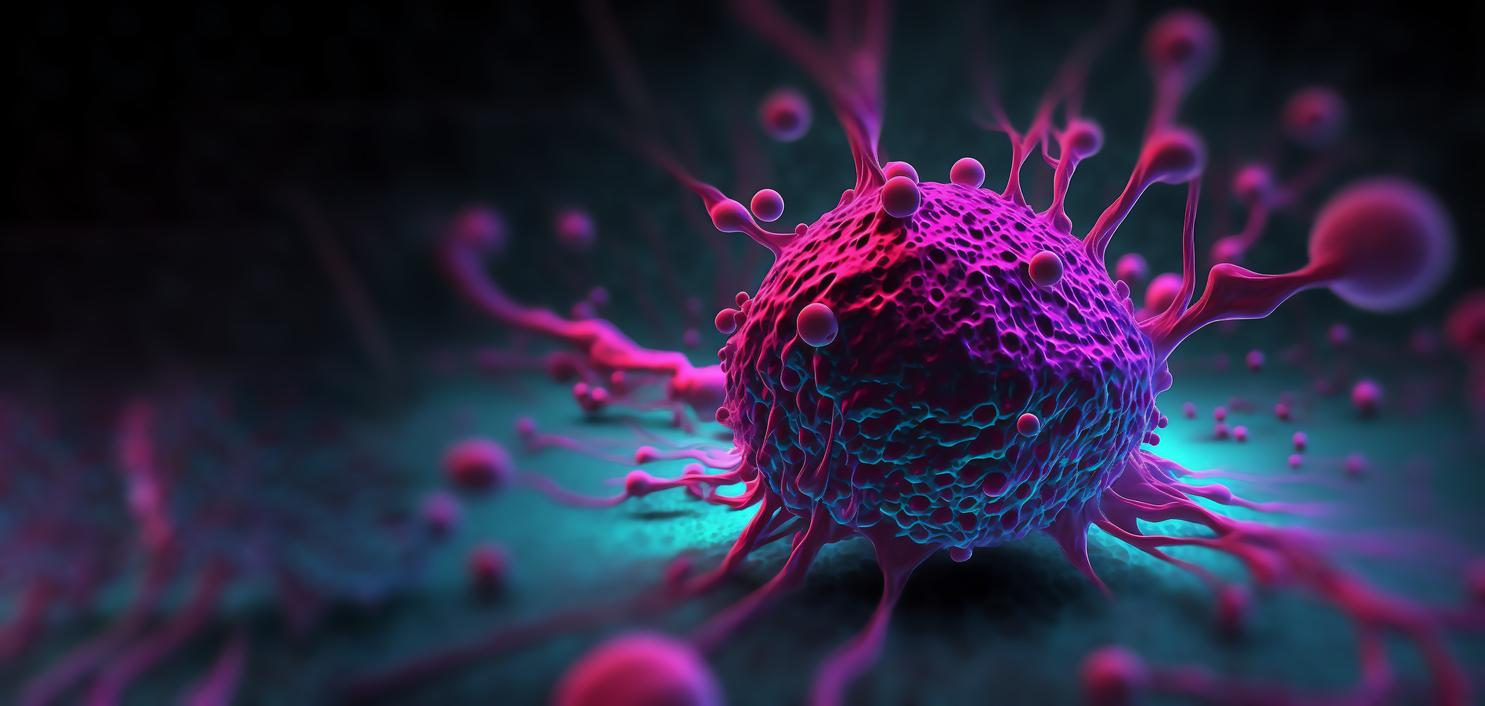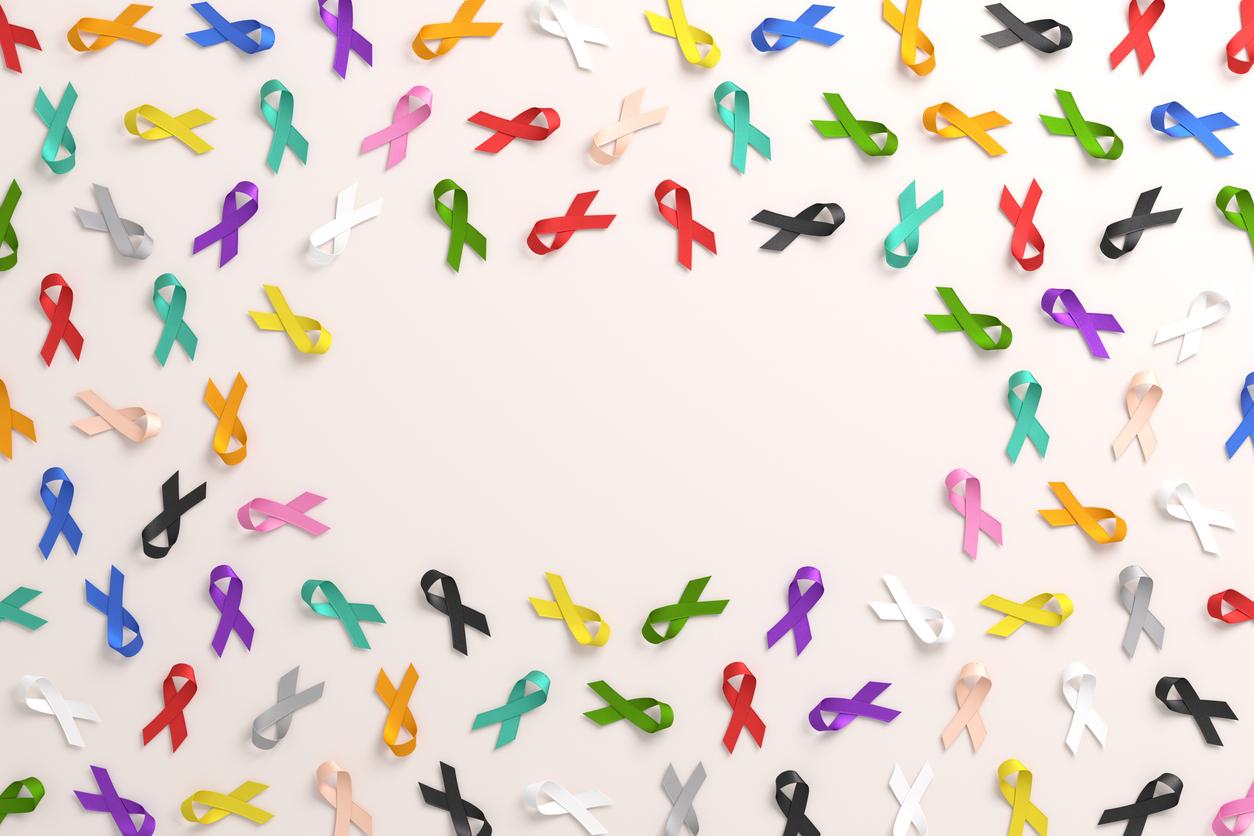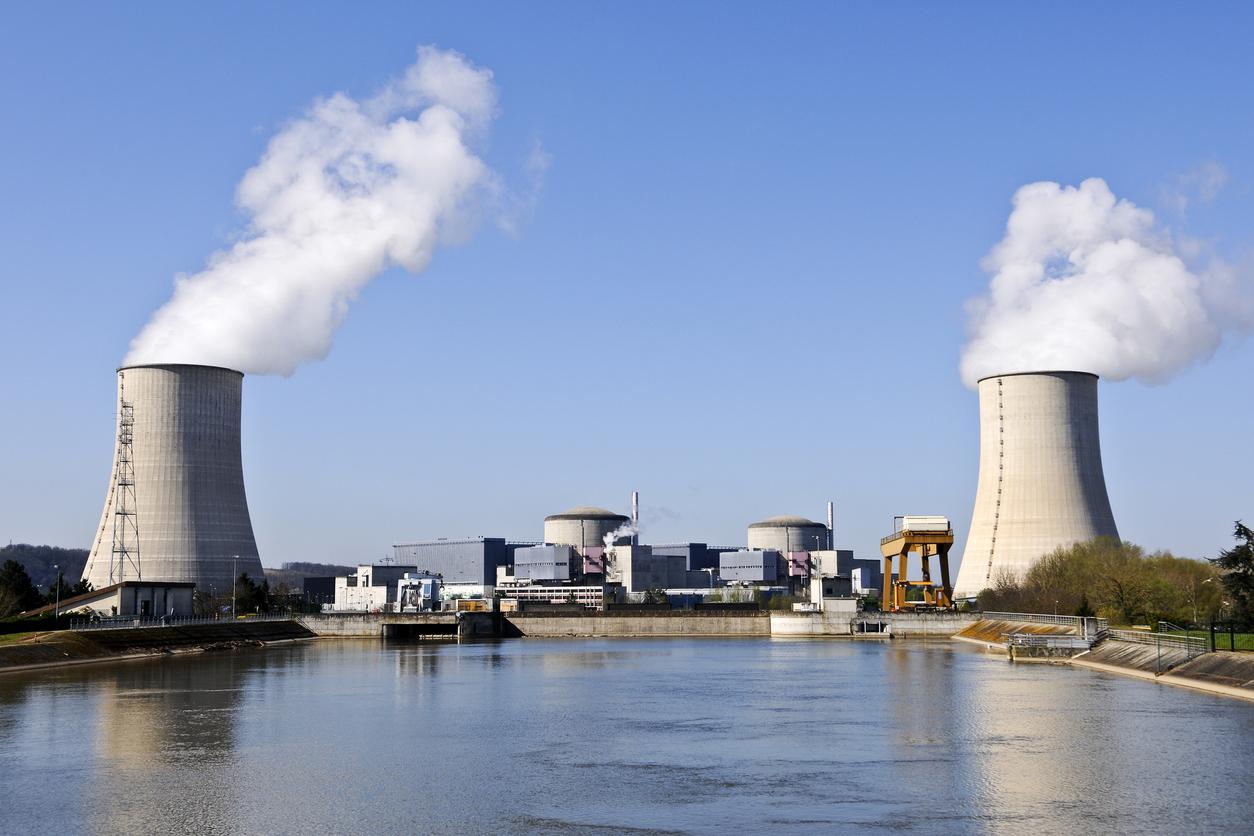There fine particle pollution acts as a “hidden killer“, favoring the appearance of lung cancer even in non-smokers. In Europe, it would even be responsible for 9% of lung cancer cases. Although this link between lung cancer and exposure to PM2.5 fine particles – from exhaust gases or waste incinerators – has been established for a long time, it is the mechanism by which this phenomenon occurs that has been clarified this September 10, 2022, during the annual congress of the European Society of Medical Oncology, which is held in Paris.
“We weren’t sure if this pollution directly caused lung cancer, or how.”explained Professor Swanton, head of thestudy. After exploring data from more than 460,000 people living in England, South Korea and Taiwan, researchers from the Francis-Crick Institute and University College London found that exposure to fine particles was linked to an increased risk of cancer. In mice, they then found that this exposure induced the mutation of two genes, EGFR and Krason which lung cancer develops.
Presidential Symposium data at #ESMO22 show air pollution drive interleukin-1β release in cells with EGFR mutations to promote #LungCancer development in non-smokers
https://t.co/KUOT5qmMj3#LCSM@TonyMok9@CharlesSwantonpic.twitter.com/wZy3oIvOu9— ESMO-Eur. Oncology (@myESMO) September 10, 2022
They then analyzed nearly 250 samples of lung tissue from people who had not been exposed to tobacco or heavy pollution. Mutations in the EGFR gene then appeared in 18% of cases, and alterations in Kras in 33%. However, these mutations are not sufficient to explain the onset of the disease. “When you expose a cell to pollution, it stimulates some kind of reaction, and if the cell harbors a mutation, it will form cancer.“, sums up Professor Swanton. “This work shows that it is on normal tissue with an EGFR mutation that the intervention of small particles of pollutant PM2.5 will create a micro-environment, an inflammation which will promote cancer.”adds Dr. Suzette Delaloge, oncologist at the Gustave Roussy Institute.
Breakthrough “important” for science
This new discovery could open up new avenues of research in the diagnosis and management of these cancers. “It will already allow all non-smokers with lung cancer to understand why they developed this disease, which is essential.”assures the oncologist.
“We should be able in the years to come to intercept a lot of cancers. Intercepting means both detecting them earlier and treating them. That is to say that in fact, we will have drugs that will prevent the action of pollutants and potentially prevent the occurrence of cancer”she rejoices.
Finally, Dr Delaloge hopes that this study will raise awareness of the damage caused by air pollution, and above all “to lower the thresholds for exposure to fine particles in Europe, which are above the annual average of 5 micrograms per cubic meter recommended by the WHO“, she ends. In the world, more than 97% of the world’s population lives in areas where air pollution exceeds these recommended levels, with the major consequence of reducing global life expectancy by nearly two years and hundreds of thousands of deaths from lung cancer.
Source :
- A pathway from air pollution to lung cancer in non-smokers has been identified, European Society of Medical OncologySeptember 10, 2022










